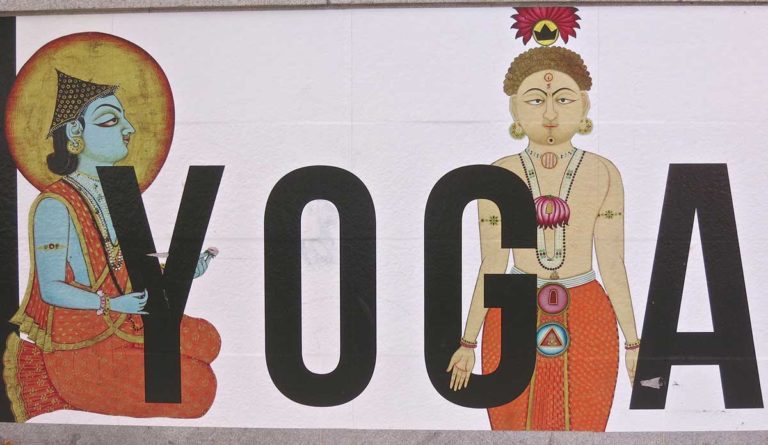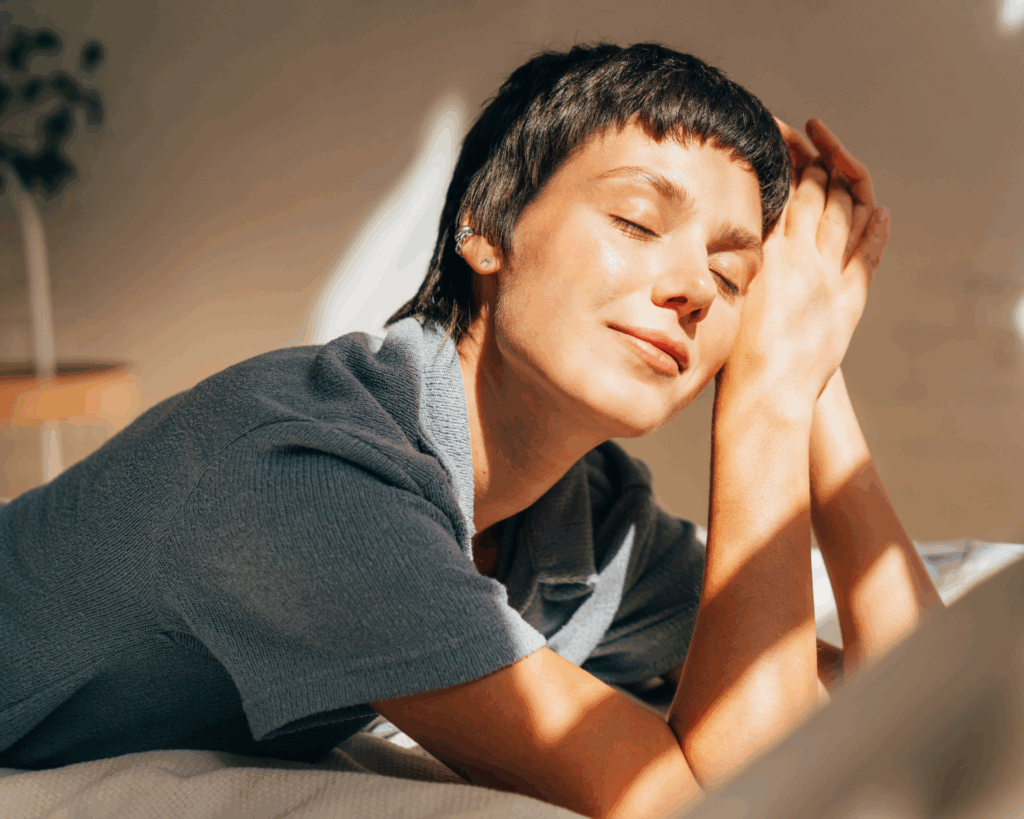Yoga and Popular Media: Helping or Hurting?
As yoga’s presence in popular media continues to increase, how do media portrayals serve to facilitate or prevent access to the practice?

Read Time: 5 minutes
Published:
Research has consistently demonstrated our tendency to use media images as a yardstick by which we compare our own lives. These images send implicit and explicit messages that contribute to unrealistic internalized definitions about what is valued or desirable. Thus, as yoga’s utilization and representation within popular media continues to grow, it is equally important to begin dissecting and discerning appropriate media depictions.
Unfortunately, the dominant perceptions of yoga in the Western world restrict yoga’s utility, by only promoting the physical and breathing practices. Limited media representations essentially dismiss other, equally beneficial, practices that are encompassed by this ancient practice, the full range of which include: ethical life practices (yamas), personal observances (niyamas), postural practices (asana), breathing practices (pranayama), sense withdrawal (pratyahara), concentration (dharana), meditation (dhyana), and absorption (Samadhi; Satchidananda, 2003).
Additionally, current U.S. yoga practitioners consist of a narrow demographic of primarily thin, educated, upper-middle class, Caucasian females. This limited representation is consistently reflected across media outlets and may perpetuate an ideal of exclusion. Specifically, if individuals are not exposed to images of practitioners who resemble themselves, they may be less likely to believe that they are “fit” to be a yogi. These exclusionary depictions may fail to expose, and potentially prevent, individuals from trying the very practice that may present multiple avenues of healing to them. It also sets up current yogis to believe that there is only one appropriate way to practice, and that if they do not fit this mold, they are either doing something wrong or that they do not belong.
Specifically, if individuals are not exposed to images of practitioners who resemble themselves, they may be less likely to believe that they are “fit” to be a yogi.
As yoga’s presence in popular media continues to increase, researchers have begun to question how media portrayals serve to facilitate or prevent access to the practice and have called for a more comprehensive portrayal that includes its philosophical roots to show yoga’s versatility. It is important to understand the nature and implication of messages being sent to readers and to begin consciously altering these messages to be more inclusive and accessible. If we hope to increase the utilization of yoga, a desirable goal given its expansive physical and mental health benefits, we must work to increase its accessibility by depicting more diverse populations in media images.
Our research and clinical team haves established several general guidelines regarding media portrayal that we believe would help increase access to and desire for this valuable practice. Our recommendations would also better serve current practitioners by presenting images of a safer and more adaptive practice.
General Recommendations
1) Media images should span a diversity of body types, body shapes and sizes, abilities, genders, ages and life stages, types of practice (e.g., individual vs collective), and skin colors. Over-representing less frequently depicted groups may help battle the stereotype that yoga is a privileged activity for thin, already physically fit, Caucasian women.
2) Images should feature individuals from diverse occupational and societal backgrounds. Yoga can be tailored to meet individual needs without having to be expensive or practiced in a particular setting. By featuring different yogis in a variety of contexts (including at work and home), media can work to demonstrate yoga’s flexibility and adaptable nature.
3) To prevent injury and create an accessible practice, media images should depict the full range of modifications for each pose, rather than its most extreme and often sensationalized form. Often, extreme poses depicted are less than healthful and safe, and unattainable for novices.
4) In addition to pose modifications, demonstrating the use of props (e.g., blocks, blankets) will serve practitioners well by making yoga safe and accessible. Props do not need to be expensive – they can be found in common household items (e.g., use a tie instead of a yoga strap; use a taped stack of phone books as a yoga block).
5) Similarly, media outlets should attempt to remove the materialism that has crept into the depictions. Yoga can be practiced in any type of clothing ; on mats from second-hand stores; inside or outside; and without sports drinks and vitamins.
6) Leading yoga studios may benefit from brainstorming potential ways to invite underserved populations. To establish demographically representative class attendance, they may want to consider a more inclusive teacher pool and environments that are inviting to all.
7) Yoga studios who train teachers should offer attainable (i.e., lower-priced, scholarship funded, and creatively structured [i.e., outside of regular work hours]) teacher training programs. Such programs need to focus on the entirely of the yoga lifestyle, not simply on teaching physical postures.
8) Yoga’s philosophical tenets serve as a guide not only for a safe and mindful physical practice, but to live a more healthful life overall. Although the physical practice is often the initial appeal for a new practitioner, media depictions must incorporate all aspects of yoga philosophy to give individuals the agency to make informed decisions about which practice to adopt.
Feature image by Fabrice Florin, used under CC BY-SA 2.0





